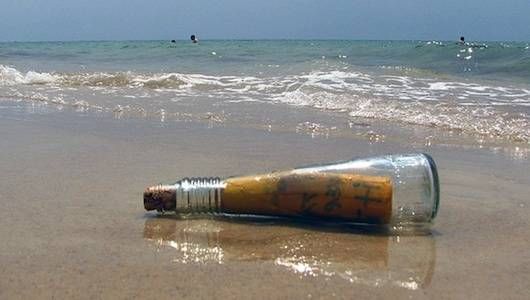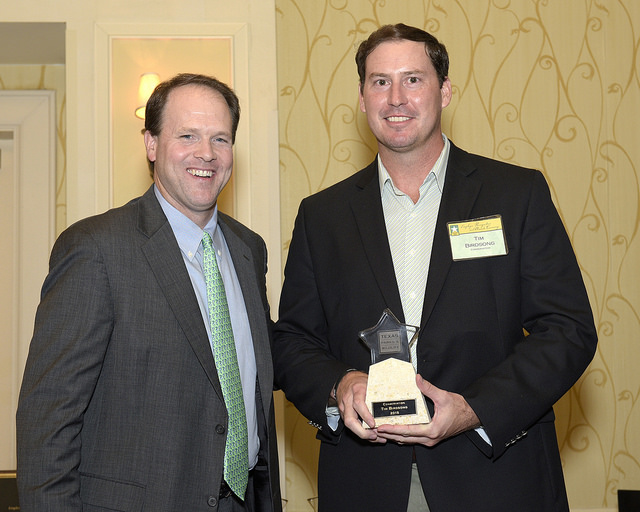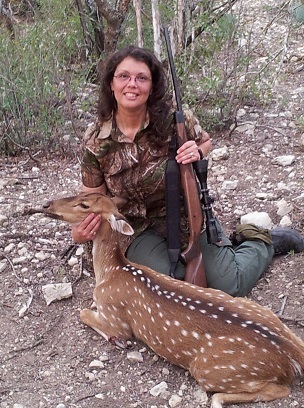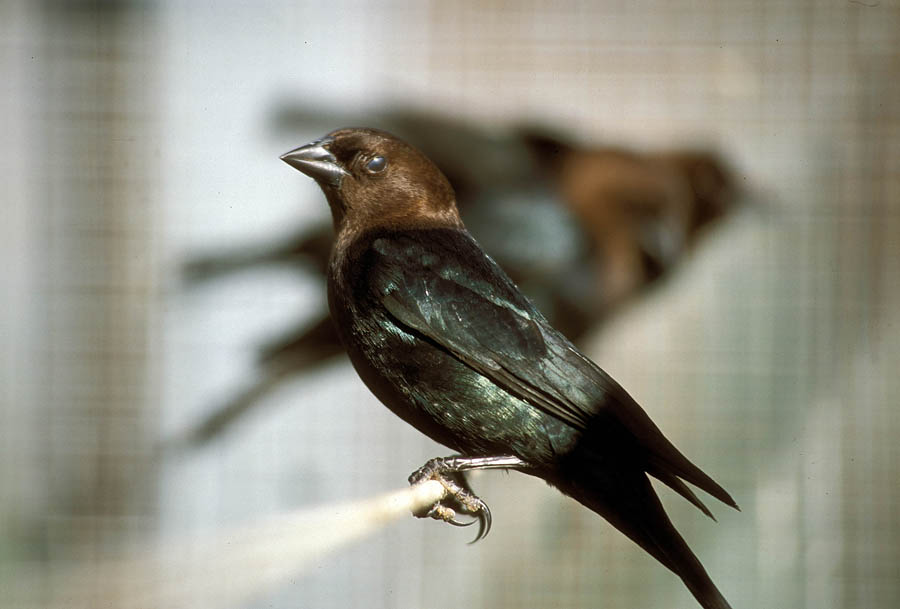Texas Outdoor Stories: Time in a Bottle
Monday, February 29th, 2016This is Passport to Texas’ Outdoor Stories
Terri McDonald of Rockport, responded to our request for listeners’ stories about their favorite Texas State Parks, historic sites or wildlife management areas. Her favorite is Matagorda Island Wildlife Management Area.
Absolutely love it. There’s no cars…very few people…it’s just like going back in time to a beach a hundred years ago.
The slow pace leaves a lot of time for one of Terri’s favorite pastimes — beach combing.
We’ve found tons of seashells, beautiful driftwood, four messages in bottles…. You just never know what you’re going to find out there.
Terri says she’s contacted three of the people whose message she found in the bottles.
The oldest one was from 1969. A soldier in the Vietnam War had dropped it off of Cape Canaveral. And we found it at the bottom of a dune that had been sheared off by a storm. So it had been buried under sixteen feet of sand for years and years. So we got in touch with him through the help of the Corpus Christi Caller Times Military Reporter. And the poor guy almost had a heart attack. It was a long time ago – he had almost forgotten doing it.
Now it’s your turn. Visit the Outdoor Stories link at passporttotexas.org and send us an email with your memory of the Great Texas Outdoors.
That’s our show for today… For Texas Parks and Wildlife…I’m Cecilia Nasti






 Passport to Texas is a
Passport to Texas is a  Passport to Texas is made available by:
Passport to Texas is made available by: